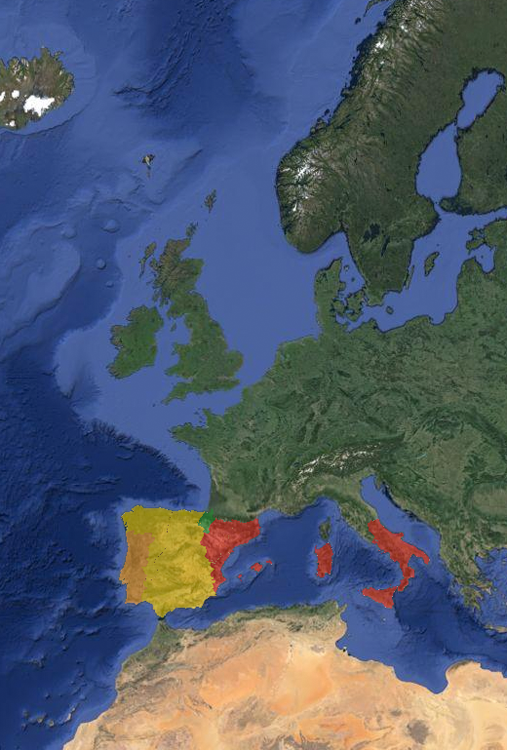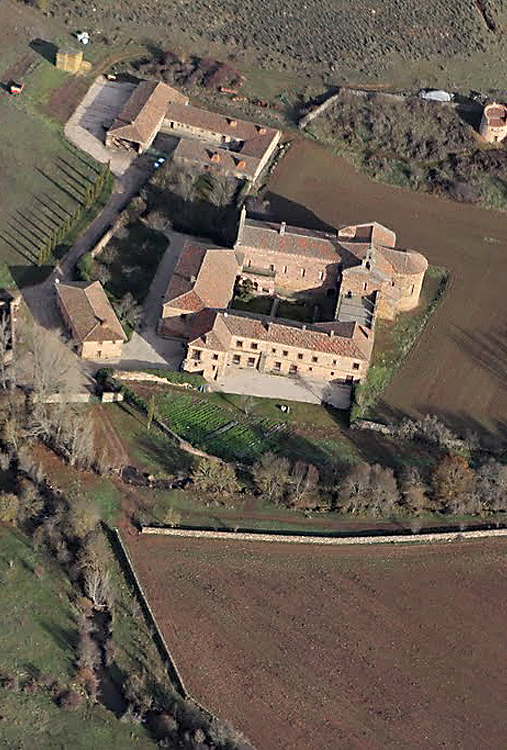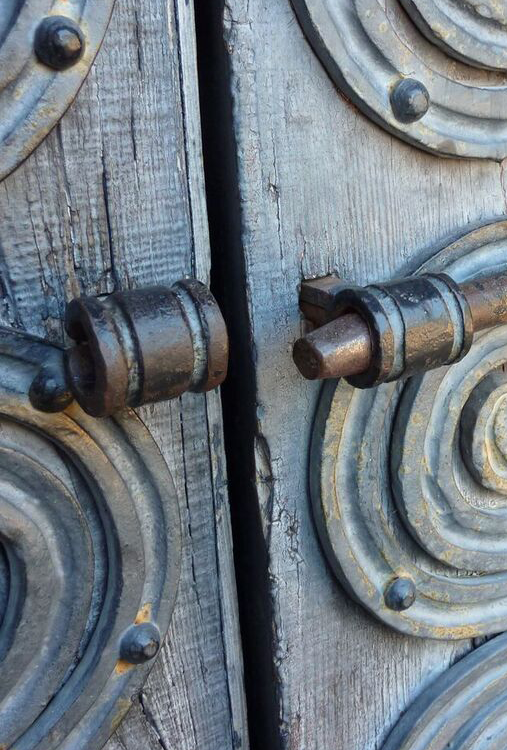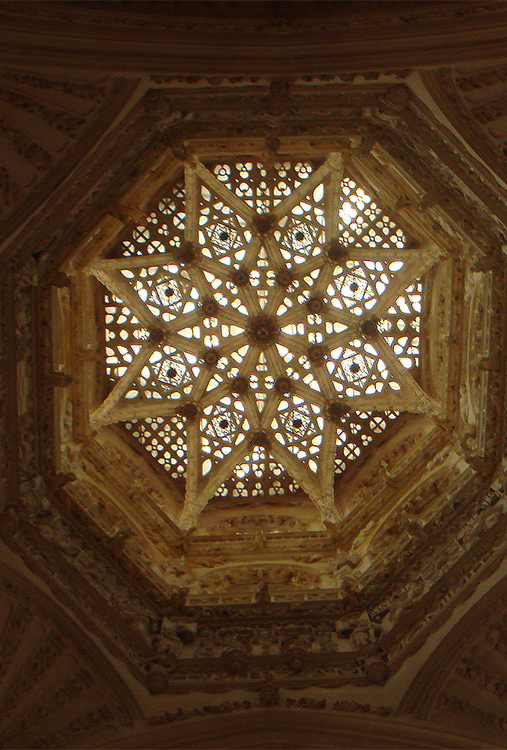Introducing the Medieval Convent Drama Project, based at the University of Fribourg, Switzerland
- Detalles
- Publicado: Sábado, 24 Junio 2017 10:54
- Escrito por Olivia Robinson, for the Medieval Convent Drama Project
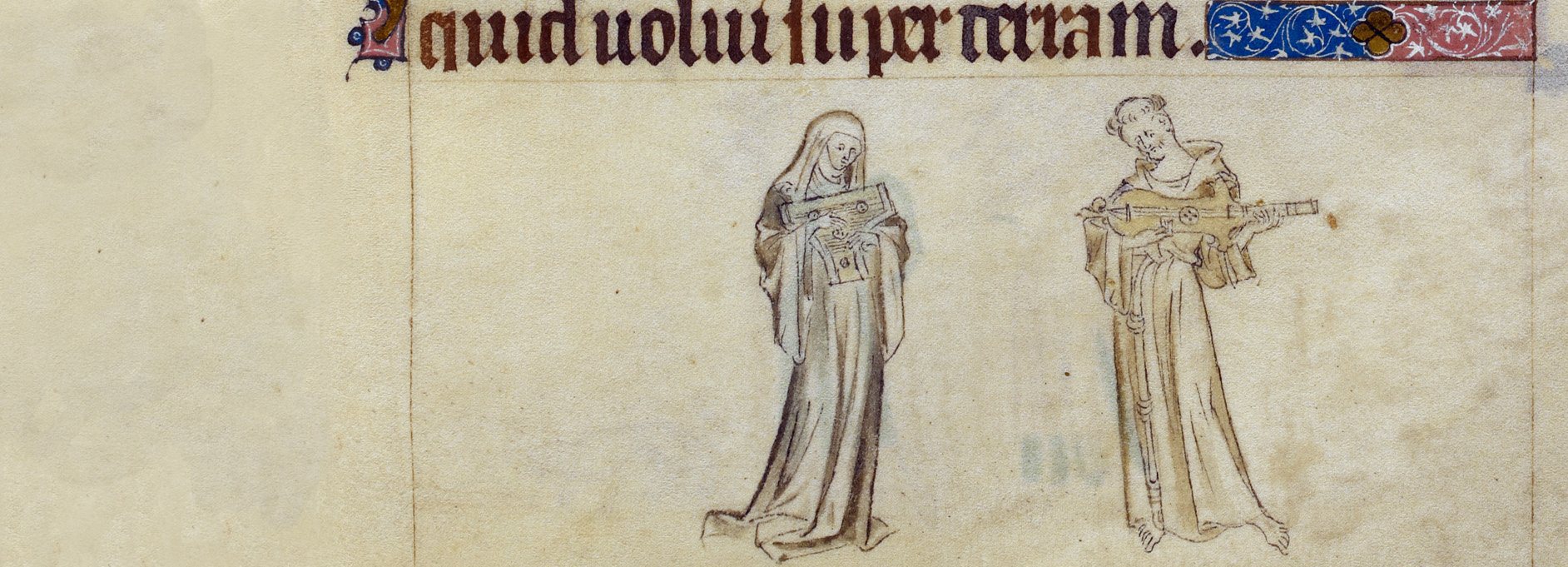 London, British Library MS Royal 2 B VII (the ‘Queen Mary’ psalter), f. 177. Detail of a bas-de-page scene of a nun playing a psaltery and a monk playing a citole, c. 1310-1320. Sourced from Wikimedia Commons
London, British Library MS Royal 2 B VII (the ‘Queen Mary’ psalter), f. 177. Detail of a bas-de-page scene of a nun playing a psaltery and a monk playing a citole, c. 1310-1320. Sourced from Wikimedia Commons
Did medieval women ever take to the stage? Despite totalising critical narratives which suggest that public drama was largely an exclusively male preserve in the Middle Ages, a body of evidence has already been amassed to suggest that, in certain times, places and spaces, women did indeed take part in theatrical performances of various kinds. Lynette Muir , for example, as long ago as 1985 traced and published archival evidence for female performers in medieval France, whilst the on-going REED project (Records of Early English Drama) continues to unearth fascinating snippets of data concerning medieval English women’s involvement in a broad range of theatrical activity (see, for example, the work undertaken by James Stokes on the Lincolnshire records and the pioneering monograph by Katie Normington on cycle drama).
In the wake of these local pieces of evidence and critical work on them, the interdisciplinary Medieval Convent Drama project was formed in 2016 at the University of Fribourg by Elisabeth Dutton, Olivia Robinson, Matthew Cheung Salisbury and Aurélie Blanc. Funded by the Swiss National Science Foundation, the project’s aim is to provide the first detailed and comparative study of theatrical practice within medieval convents in England, northern France and Burgundy, placing this evidence alongside the emerging picture of secular women’s varied involvement in drama revealed by, for example, REED. This work will, we hope, meaningfully destabilise a sense that theatre was entirely male-dominated in the Middle Ages, by focusing critical attention on the all- or partially-female productions which we know took place in some convents, and which have hitherto been understudied.
We are lucky that there are some surviving convent play-scripts traceable to particular religious houses and copied by sisters within them — and these will form one branch of our project’s analysis. By transcribing and re-editing these, we will gain greater understanding of how particular communities of women religious shaped the intellectual content and dialogue of their plays, what languages they used within them and why, on what occasions and at which events those plays might have been produced, and in what locations within the convent they might have been performed.
In order to understand better the range of available spaces in which the plays might have taken place, we are also undertaking extensive research into the broader archival evidence which survives from these convents – and it is here that our work overlaps fruitfully in methodology with Research Line 3, Inside the Nunnery, of the Spiritual Landscapes project. From archival documents such as convent accounts, inventories, letters and necrologies (for example), we are seeking to understand as much as possible about the spiritual and cultural life of the women who made these convents their home, and to reconstruct something of the ways in which the spaces of the convent were laid out, delimited, defined and decorated by the nuns who built and furnished them. We thus aim to understand as fully as possible the material contexts of the surviving plays, and to be able to make informed hypotheses as to how they might have fitted into those material contexts. So, for example, Liv Robinson is currently undertaking a detailed assessment of the archive of the Carmelite Convent of the White Ladies at Huy (now Belgium). This includes unpicking the convent’s history, the history of its architectural programme (including the building and consecration of its church) and the make-up of its finances during the fifteenth and early sixteenth century. Two manuscripts containing plays survive from this convent, and Liv hopes to find out as much as possible about their copyists, possible performers and performances, and the relationships between the convent and the local community in which it was situated: this might give some indication as to who might have been in the audience for performances, if not just the nuns themselves. We know, for example, that this convent ran a school for local girls (some of whom probably later became nuns within it themselves), because financial records survive of the payments made to the convent by the girls' relatives and friends for their education and upkeep: might some of the surviving plays have been used in this educative context? How might they have functioned as teaching texts? Some of the plays display sophisticated use of liturgical tropes alongside vernacular dialogue: might these plays have been performed within the convent church, alongside the orthodox liturgical celebration of a particular feast day? What about the other literature which is traceable to the convent (either in surviving manuscripts or through references in archives), or the books which can be located at other local houses of the same order: how do the plays fit into this broader literary context? These are all questions to which the project team hope to provide some kind of answers through archival research.
The Spiritual Landscapes project has already shown us how fruitful such an “archival” approach to understanding convent life can be, and the extremely useful and intriguing data which it can generate in relation to drama within medieval Spanish convents: in 2014, Nùria Jornet Benito published evidence from the sacristy inventories of the convent of Sant Antoni i Santa Clara, in Barcelona, a convent of Poor Clares, showing that the nuns in this house possessed a wide range of costumes, jewellery and props including wigs and false beards. In the event that these were used for theatrical performances, which seems at the very least possible, if not likely, the existence of beards within the list of items stored in the sacristy is of particular interest to the researchers on the Medieval Convent Drama Project, because it suggests that these nuns may have been playing men. One of the major questions we are interested in addressing through our project is the aesthetic and devotional effect of such cross casting. Having women onstage playing the parts of men – particularly well-known male characters from, for example, Biblical narratives – might be thought to overturn some powerful and long-held assumptions about strict hierarchical attitudes to gender and sanctity in the Middle Ages.
In order to try to gain some purchase on just what the effects of women taking male roles within these plays may have been, the Medieval Convent Drama project team plan to undertake performance-based research as part of our investigation into the workings of different convent plays. Beginning this winter with Christmas performances of the Huy Nativity Play in Fribourg, Switzerland, we will be partnering with some existing convents in the region, including the Ursuline convent in the city centre of Fribourg and the Carmelite convent du Pâquier, to stage all-female performances of some of the convent plays, directed by Elisabeth Dutton. These partnerships will be vital for us in assessing the impacts of the plays upon religious and non-religious audiences alike. We hope to be able to undertake at least one performance with a cast made up exclusively of present-day nuns and we anticipate that – whilst not, of course, providing an unproblematic substitute for a medieval cast – their thoughts and reactions to performing the scripts will give us a unique perspective on these pieces of drama. Indeed, we have already found that consulting a house of contemporary Carmelite nuns, who generously invited us to explore their archive and to discuss our project with them, gave us some extremely valuable insights into the role that theatre continues to play to this day within the quotidian life of their order.
Performances of the convent plays will also help us to explore more concretely another aspect of their theatricality and devotional thrust which was clearly crucial to their effect during the Middle Ages: their music. As noted above, liturgical tropes are found within the Huy Carmelite plays, which also employ vernacular song at particular moments. How was this music integrated within the performance? What were its effects? And, most importantly, what relationship do these plays bear to the liturgy? If the Carmelite plays might be said to “borrow” innovatively from liturgical worship, what about plays such as those from Origny-Sainte-Benoîte (France) or Barking Abbey (England; both Benedictine houses), which appear to have taken place in a much more traditionally liturgical setting, grafted into these communities’ liturgy to celebrate particular feasts? Matthew Cheung-Salisbury, the musicologist working on our project will explore the particular liturgical practices of the communities which we are studying, and his findings will inform our use of music within the performances we undertake.
Ultimately, the project seeks to enable a greater and more precise understanding of the ways in which medieval women’s houses shaped their own dramatic reinterpretations of (for example) Biblical narratives, and the importance of this tradition for assessments of medieval dramatic, devotional and liturgical practice. Only by including medieval convent drama alongside women’s participation in other forms of theatre will we gain a complete and unbiased picture of the variety of theatrical practices which were undertaken during the Middle Ages.
Olivia Robinson, for the Medieval Convent Drama Project
